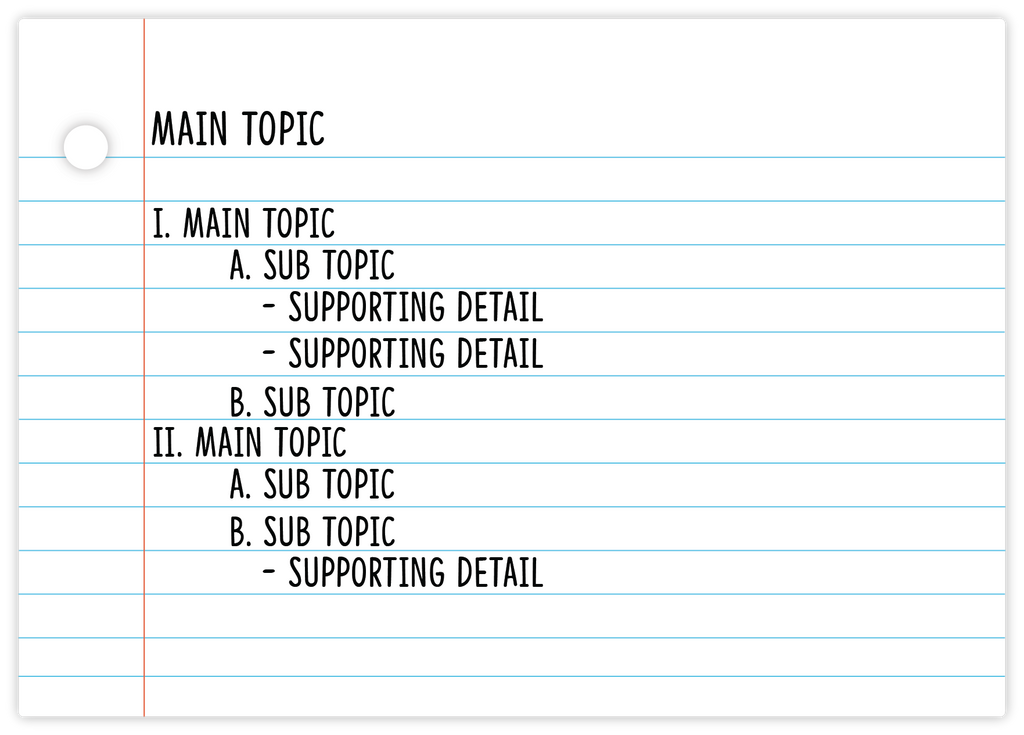There are so many ways to study. What’s the best way and how does it start?

https://pdf.wondershare.com/mobile-app/cornell-note-taking-system.html 
3 Best Note Taking Method|Blog|Ourcampus.com
Where it starts
One way that may work for your best friend may not work for you so please don’t compare. Studying, believe it or not, is affected by the quality and amount of sleep someone gets. If you’re not well rested it’s harder to memorize the information. Even with a good night’s sleep you can still do terrible at memorizing if you don’t pay attention in class.
How to pay attention in class
According to the University of Maine, an important step to reach your goals is finding your reason why. Set goals based upon your needs when achieved add a reward you can give yourself after completing a task/goal.
An example of good goal setting is to actively participate in one class, if you’re having participation issues in any of your classes.
Try not to space out during class, the top tip is to actively take notes in class. A good way to make sure you’re continuing to do this is to remove any distractions, like a phone or a book. Actively read silently the same material your teacher or another peer is reading out loud.
Note-taking methods
There are many ways you can take note’s, through experimenting you can find a good way that works best for you. A few well-liked methods are Cornell notes, Outline notes, Boxing notes, and Charting notes. Cornell notes is when you split the paper in three sections one down the middle, while leaving a box at the bottom for a summary and using one side for keywords and questions and the other side for main notes and thoughts. Outline notes is where you start off by writing the main topic then underneath the subtopic is a thought or supporting fact, maybe a question. Boxing notes are where you separate multiple topics from each other with boxe’s. Feel free to mix and match these methods on one paper. Overall, experiment with new note taking techniques, where you’re takenotes, or maybe use a computer to take notes instead.
Different Study Methods
Now you have good goals and notes on how to study effectively. There are different ways for different people, and a lot of it comes down to experimentation for each individual. Here are a few ways you can study, create note cards, read and review information, and practice testing.
Note Cards or Flash Cards- Typically set up one side having a question and the back side having the answer.
Reading and Reviewing – Go back and look at old slides, notes, and articles. Then underline, highlight, box, bullet point, and create notes on important information.
Practice Testing- Take an ungraded test to see what information you missed. Then make notes either on the test or somewhere else. Focus on material you missed on the test by rereading information. Retake the practice test and repeat by seeing what you missed, then re-study it.
How Long to Study
There is no specific answer for how long you should study for, but it should be based on your individual needs and a good way to see if you have studied enough is by practice tests after your study session. Do not practice tests immediately after, wait at least 30minutes to make sure the information is memorized.
Interval studying methods may be effective. Start off with a time chunk between 30 minutes to an hour, once the hour is up take a ten minute break for next interval study of 1-2 hours with a 15 minute break and then the last interval study for about 2-3 hours, then you’re finished.
Another study method you can take is to study 1-2 hours in the morning, 1 hour in the afternoon, and 2-3 hours in the evening.
Another method is to study for multiple days/weeks at a time for just 15-30 minutes a day.
General tips
Here are some good general tips to make sure your study sessions are as productive as possible.
Take breaks
Don’t overwork yourself
Keep water near you before you start your study session.
Prep all your study material before you start
Get a good night’s rest.
Good luck studying!
